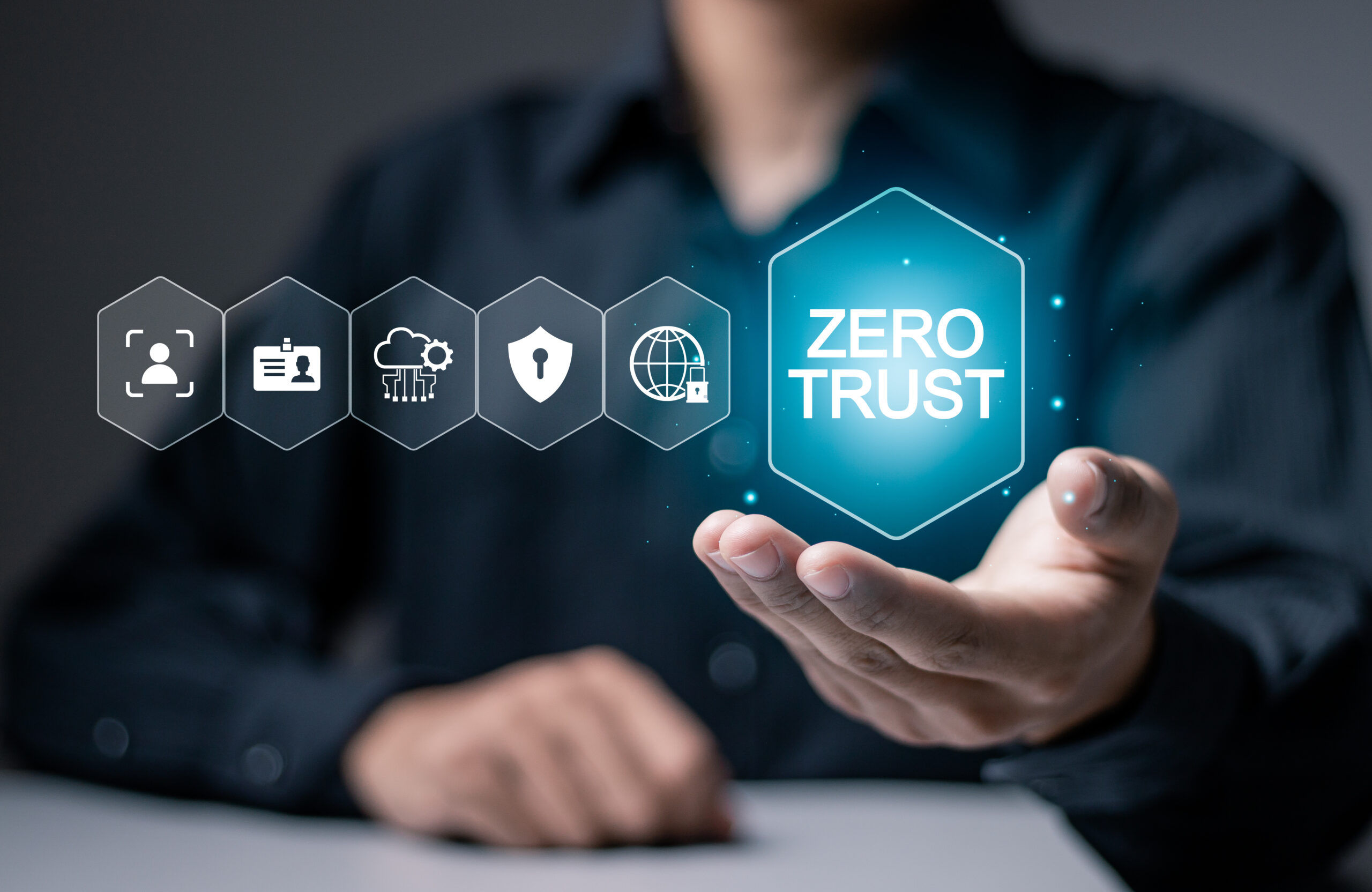The digital transformation of businesses has not only accelerated the pace at which organizations operate but has also brought forth new challenges concerning cybersecurity. In 2024, roughly 12 million new malware samples have been discovered each month, showcasing the relentless evolution of cyber threats. Traditional perimeter-based security approaches are no longer sufficient to safeguard an organization’s sensitive data and systems. The need to explore and adopt robust cybersecurity frameworks is more pressing than ever, and one such groundbreaking approach is the Zero Trust architecture.
Zero Trust security is a paradigm shift from the conventional trust-based security model, where anything inside the network is automatically granted trust and access. In contrast, the Zero Trust model operates on the principle “never trust, always verify,” implying that trust is never assumed by default. Instead, all users, devices, and applications must be authenticated and authorized before gaining access to the resources within a network. Zero Trust dramatically reduces the risk of unauthorized access, data breaches, and insider threats by converting trust into a granular, risk-based decision-making process.
This blog post will explore the vital components of Zero Trust architecture, its advantages for businesses navigating a world of evolving cyber threats, and how to kick-start the implementation process. A well-structured Zero Trust framework not only strengthens organizations’ cybersecurity posture but also helps them cultivate a culture of vigilance, adaptability, and resilience in an increasingly interconnected digital world.
Key Components of Zero Trust Architecture
The Zero Trust framework consists of several essential components that work in tandem to deliver robust, comprehensive security across an organization’s digital landscape. These key components include:
1. Identity and Access Management: A cornerstone of Zero Trust security is ensuring that every user, device, and application is authenticated and authorized before granting access. This aspect relies on robust identity and access management (IAM) systems that utilize single sign-on (SSO), multi-factor authentication (MFA), and role-based access controls (RBAC).
2. Segmenting the Network: Network segmentation divides the organization’s network into smaller, isolated zones, limiting the lateral movement of users and potential attackers. This containment strategy significantly reduces the attack surface and minimizes the impact of a breach on other network segments.
3. Real-time Monitoring and Analytics: Continuous monitoring and analytics play a crucial role in the Zero Trust model, allowing for real-time evaluation of the risk profile of every request for access to resources. By analyzing patterns, behaviors, and potential anomalies, the system can react proactively to emerging threats.
4. Security Policy Enforcement: A Zero Trust architecture not only relies on security policies defining access controls, but also actively enforces them throughout the network. This ensures that even if threats manage to bypass authentication and authorization measures, they are still hindered by security controls in place.
Benefits of Adopting a Zero Trust Architecture
Organizations that implement a Zero Trust architecture benefit in numerous ways, some of which include:
1. Improved Security Posture: With a reduced attack surface, continuous verification, and granular access controls, a Zero Trust architecture significantly bolsters an organization’s overall security posture. This reduces the likelihood of breaches and insider threats, as well as the damage resulting from such incidents.
2. Enhanced Compliance and Regulations Support: In an era of stringent regulations and compliance requirements, including GDPR and HIPAA, a Zero Trust architecture provides businesses with a robust framework to demonstrate their commitment to data protection and address regulatory obligations effectively.
3. Scalability and Flexibility: The Zero Trust model is inherently designed to provide seamless integration within modern, hybrid IT environments, supporting rapid business growth and digital transformation efforts without compromising on security.
4. Increased Visibility and Control: Zero Trust allows organizations to get a comprehensive picture of every user, device, and application within their network, resulting in increased visibility and control of an organization’s critical assets and resources.
Steps to Implement Zero Trust Architecture
Achieving a successful transition to a Zero Trust architecture involves several stages. Here is a high-level roadmap to navigate this process effectively:
1. Assess the Current State: The first step is to audit and evaluate the existing security infrastructure to determine current controls, vulnerabilities, gaps, and redundancies.
2. Define Security Requirements: Develop a comprehensive set of security requirements that align with organizational goals, regulatory requirements, and industry best practices, ensuring that they are feasible, efficient, and risk-based.
3. Select the Right Technologies: Research, evaluate, and invest in technologies and solutions, such as multi-factor authentication, network segmentation tools, and real-time monitoring systems, that will facilitate the transition to a zero-trust architecture.
4. Design and Implement: Develop a detailed plan outlining the process to implement a Zero Trust architecture, including network segmentation, policy enforcement, and continuous monitoring, ensuring a phased roll-out to minimize disruptions.
5. Monitor, Refine, and Improve: Continually evaluate the effectiveness of the Zero Trust architecture, identifying areas for improvement, and making necessary adjustments to maintain a strong security posture amidst the evolving threat landscape.
Conclusion
The rapid proliferation of cyber threats and an increasingly interconnected business landscape make it evident that traditional security models are no longer sufficient. Implementing a Zero Trust architecture is an imperative step toward safeguarding an organization’s sensitive data and resources while also fostering a culture of vigilance and resilience. Building and maintaining a Zero Trust framework requires a comprehensive understanding of the organization’s risk profile, a risk-based approach to decision-making, and continual commitment to maintaining the highest level of cybersecurity.
Reach out to The Saturn Partners today to learn more about how our professional cybersecurity services can help your organization transition to a Zero Trust architecture that is tailor-suited to your unique needs and requirements. Let our expert team guide you through the process of enhancing and reinforcing your business’s security posture, allowing you to focus on what matters most: growth and success in the digital era.

